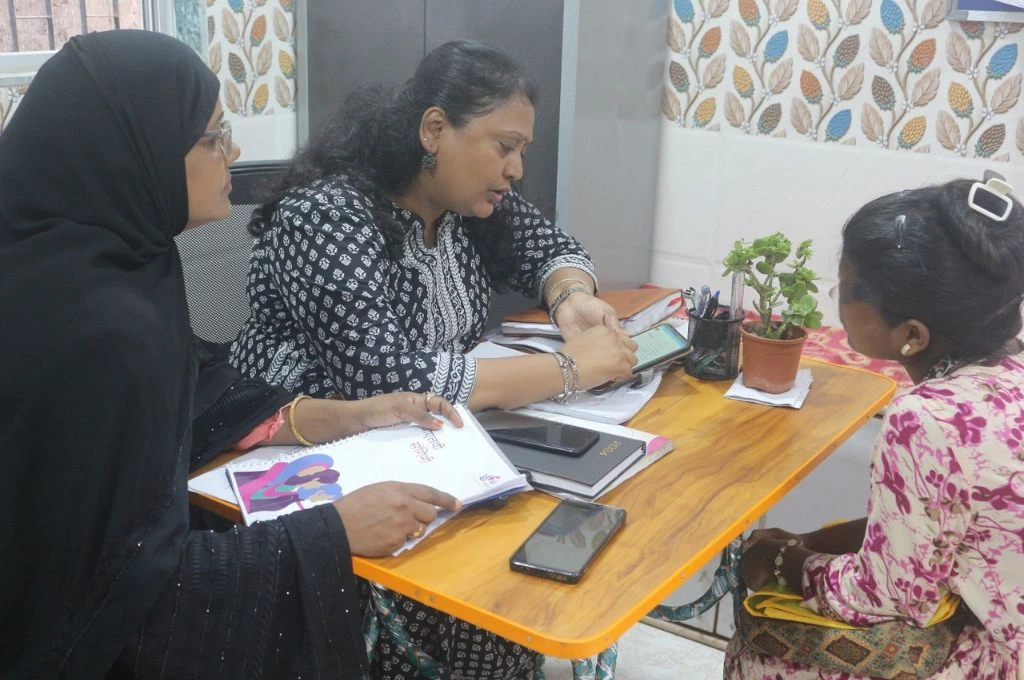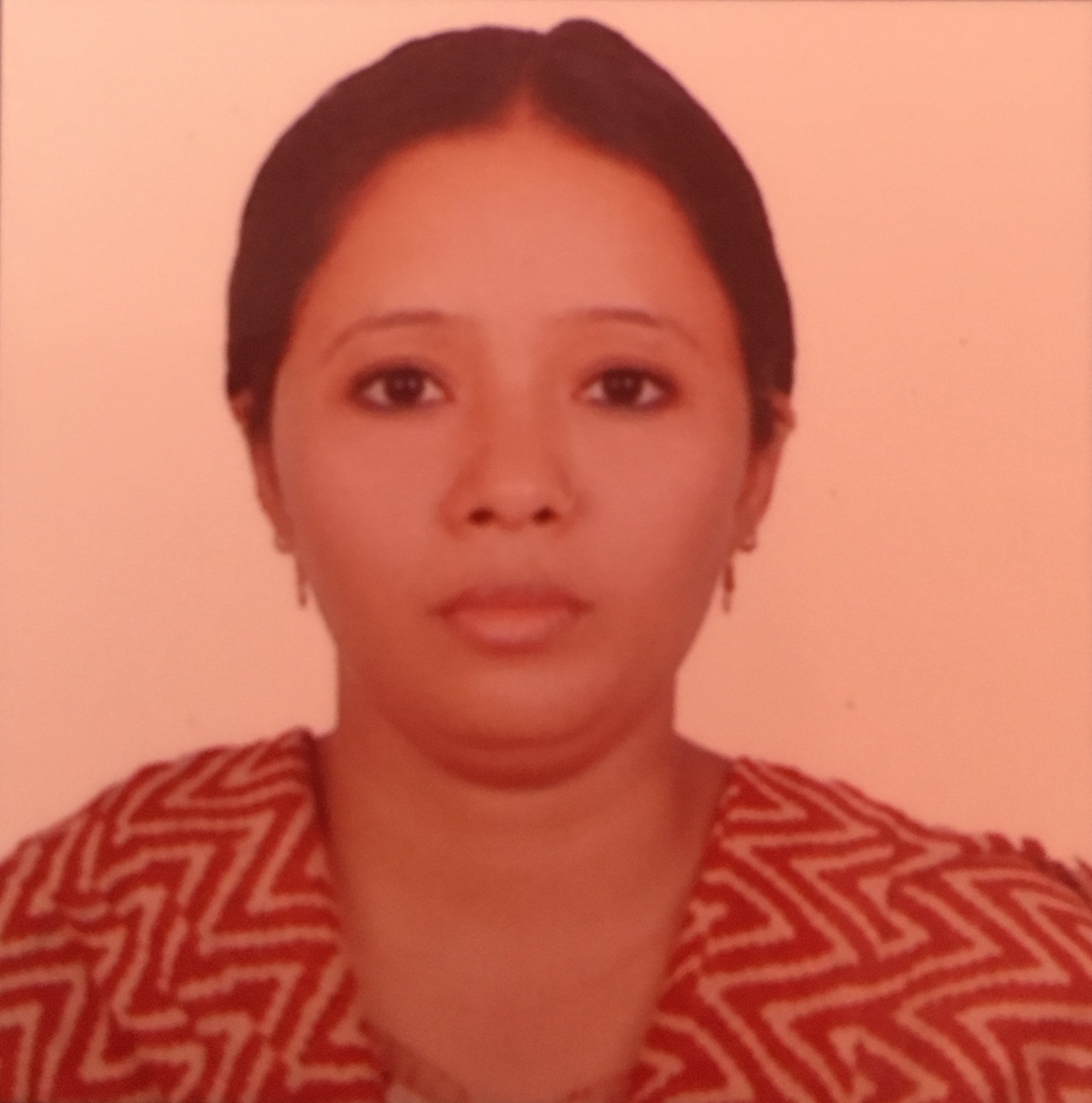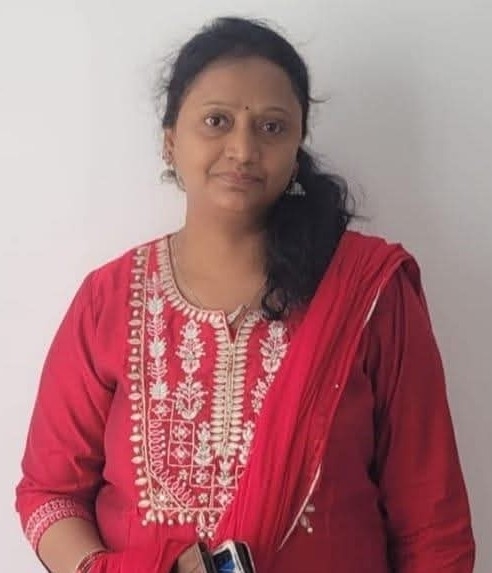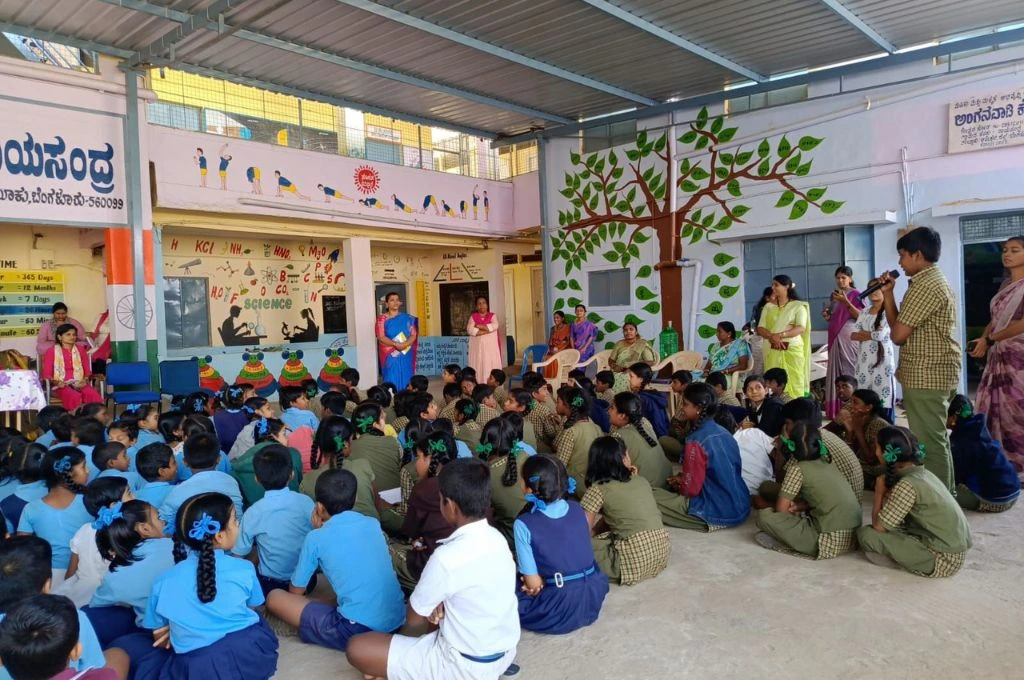The landmark Protection of Women from Domestic Violence Act (PWDVA), 2005, was enacted to address the pervasive issue of domestic violence against women in India. Recognising that existing legal provisions were insufficient, the act aimed to provide a comprehensive framework for protection, prevention, and redressal of domestic violence. However, despite its survivor-centric design and visionary framework, survivors continue to face systemic barriers that delay justice, compromise safety, and erode trust in the system. For the PWDVA to truly fulfil its promise, we must look beyond its legal text and focus on the lived realities of those it aims to protect.
SNEHA, a Mumbai-based nonprofit organisation, has been working to address violence against women and children, particularly in urban informal settlements, since 1999. Along with providing crisis intervention, we offer counselling services to survivors of domestic violence. Through our work over the years, we have gained insights on the challenges associated with the implementation of the PWDVA.
This article goes beyond theoretical assessments and examines how the law functions in practice, drawing on the experiences of protection officers, nonprofits, legal experts, and, most importantly, survivors themselves. At our counselling centres, survivors continue to report delays, bureaucratic hurdles, and a fragmented support system that often fails them in their moment of need. We outline key obstacles to the PWDVA’s implementation and propose focused, actionable reforms to help build a system rooted in dignity, urgency, and care.

1. Create a survivor-centric e-filing system
The PWDVA allows e-filing of cases to make legal processes faster and more accessible. While this may seem a progressive step, the reality is more complicated.
In moments of crisis, survivors often face urgent, life-threatening situations. The current e-filing system can feel like another hurdle in such a situation. Survivors are asked to upload documents, including a domestic incident report (DIR) and affidavits, and supporting evidence such as marriage certificates, medical records, proof of shared finances like utility bills or joint bank statements, and photographic evidence related to the abuse.
In addition, survivors and their legal representatives are expected to complete technical steps such as recording an oath online, filling out digital forms, and uploading documents to court portals. Such tasks can be daunting without the right resources. Even within court premises, connectivity issues often hinder urgent filings, exacerbating stress during critical times. It further slows down the process, risking leaving survivors without the help they immediately need.
Offering a hybrid model for filing cases where survivors can choose between online and offline options can make the system accessible. Not everyone has the digital literacy, internet access, or emotional bandwidth to navigate e-filing especially in moments of acute distress. By making walk-in support and physical filing options available alongside digital platforms, the system can become more inclusive, responsive, and truly open to those who need it most.
2. Strengthen the role of protection officers
Appointed by the state government as deemed necessary, the protection officer (PO) serves as a linchpin in the law’s framework. POs play an essential role in supporting domestic violence survivors by assisting in filing complaints; preparing DIRs; and connecting survivors with legal aid, medical treatment, shelter, and counselling services. POs also coordinate with the police, help develop safety plans, and provide guidance throughout court proceedings. In addition, they ensure the implementation of court orders and may conduct home visits in critical or sensitive cases to assess the situation and look into survivor safety.

However, in practice, POs are often overburdened and under-resourced. Their roles are reduced to administrative tasks rather than the hands-on case management, coordination, and follow-up that are crucial to supporting survivors.
Strengthening the capacity and accountability of POs is essential for the law to achieve its intended impact. There is an urgent need for regular, district-level reviews to assess how effectively and efficiently these processes are being carried out. Creating a digital, real-time system to track complaints, relief orders, enforcement timelines, and PO responsiveness will also be useful. Law enforcement should work together with the POs, as delays or inaction from police can further hinder access to protection and justice for survivors.

3. Recognise service providers
A service provider—which can be an individual or an organisation—offers crucial support, legal guidance, or a safe space to the survivor. Their role is similar to that of a protection officer. Their responsibilities encompass both assessing the safety of the applicant as well as providing counselling when directed by the court. Despite their frontline position, they remain largely unrecognised and undervalued.
Across many states, organisations and individuals already working in this capacity have yet to be officially notified as service providers or appointed under the act. This means that they must shoulder this responsibility without formal authority, institutional support, or the resources needed to operate effectively. Without official status, service providers struggle to coordinate with law enforcement, healthcare facilities, and the judiciary. As a result, their interventions are often seen as optional rather than vital.
Recognising and notifying qualified service providers will be an important step in strengthening the act’s implementation. It will facilitate timely intervention, ensure the aggrieved person’s rights are upheld, and streamline coordination among various stakeholders.
In 2010, Mumbai designated several nonprofits, including SNEHA, as official service providers under the act. These organisations were authorised to file DIRs, offer counselling, and assist survivors in accessing legal and medical services. Service providers acting in good faith without any monetary assistance are granted immunity from legal proceedings. This protection enables them to perform their duties without fear of litigation, fostering supportive environment for survivors. However, these appointments expired in 2013, and since then, the number of nonprofits holding this official status has significantly declined. Despite the lapse in formal designation, some nonprofits continue to provide necessary support to survivors of domestic violence.
4. Leverage Section 31 for survivors
One particularly underused provision is Section 31 of the PWDVA, which empowers survivors to initiate criminal proceedings when protection orders are violated.
A protection order is issued to protect the woman from any further incidents of violence by prohibiting the respondent from contacting her. However, there is often confusion regarding its enforcement. Many police officers lack comprehensive understanding of the act’s provisions, leading to misapplication. For instance, breaches of protection orders under Section 31 are often erroneously registered under Section 498A of the Indian Penal Code (now Section 86 of the Bharatiya Nyaya Sanhita), which criminalises cruelty against a woman by her husband or his relatives.
This misclassification, often treating cases of domestic violence as general disputes or non-cognisable offences, has serious consequences for survivors. When law enforcement fails to correctly identify and register an incident under the PWDVA, survivors are denied timely access to critical relief such as protection orders, residence rights, and maintenance. Instead of receiving urgent protection, they may be redirected to civil mediation or advised to ‘settle the matter’ informally, leaving them vulnerable to continued abuse.
This stems from insufficient awareness and training among officials, compounded by the persistent belief that domestic violence is a ghar ka mamla (private family matter). Such attitudes create a systemic reluctance to act, under-enforcement of protection orders, and lack of urgency in addressing survivor needs. Combating these issues necessitates comprehensive training programmes for law enforcement, sensitisation to the nuances of domestic violence, and reinforced collaboration among stakeholders for effective implementation of the PWDVA.
Incorporating Section 31 into police standard operating procedures (SOPs) will provide clear guidelines and ensure consistency in its use.
To drive the monitoring and implementation of the act, it is imperative for state governments to institutionalise regular, inclusive review mechanisms. Organising periodic public hearings, such as jan sunvais, can serve as effective platforms where survivors, nonprofits, protection officers, police, judiciary, and departments such as the Department of Women and Child Development (DWCD) and District Legal Services Authority (DLSA) convene to assess the act’s enforcement. These forums not only facilitate the identification of systemic gaps but also promote transparency and accountability among stakeholders. The Supreme Court’s directive for states and union territories to submit status reports on PWDVA implementation underscores the urgency of such collaborative evaluations.
5. Expedite the legal process
According to Najmussahar Asadi, legal consultant at SNEHA, the process of trials is rigid and lengthy, which makes immediate relief—a core objective of the PWDVA—difficult. She elaborates, “Although Section 28 of the PWDVA grants discretion to the court regarding procedural flexibility, judges often adhere strictly to the provisions of the Indian Evidence Act. This places a disproportionate burden on the survivor to prove her case, which is particularly challenging when sufficient evidence is not available. As a result, survivors are frequently left dependent on the judge’s discretion.”
She adds that there is a need for clear demarcation between the remedies available under the PWDVA and those available under personal laws.
The judicial system, too, often fails to meet the urgency of survivor needs. Court proceedings can drag on due to repeated mediation referrals even after survivors have already gone through counselling or alternative dispute resolution. In some courts, PWDVA cases are only heard once a week, causing life-altering delays.
To address the persistent setbacks, several focused interventions can be facilitated. First, assigning dedicated courts or judges to hear PWDVA cases can help streamline the process and ensure that cases receive the attention and continuity they deserve. This will reduce the fragmentation often caused by overburdened or rotating benches. Second, there is a need to encourage time-bound resolution, with a clear goal of closing cases within a month wherever possible. Finally, it’s crucial to put an end to redundant or prolonged mediation, especially in cases where immediate legal relief is needed. Survivors should not be pressured into extended mediation when their safety, shelter, or financial support is at stake.

6. Reclaim the right to safe shelter
Shelter remains another critical concern. Many homes do not allow women to stay with male children over the age of 12, forcing survivors to choose between safety and family. There’s also a dearth of shelters that cater to women with chronic illnesses or mental health conditions. Even beyond immediate shelter, survivors often face challenges such as lack of food, clothing, income, and child support, especially if the abusive partner was the primary earner or was engaged in financial abuse. Without a robust safety net, survivors are left in extremely vulnerable conditions.
The state must invest in inclusive, long-term shelters that provide comprehensive health and psychosocial support. This ensures that survivors are not forced to make an impossible choice between safety and staying with their children. The shelters must be staffed with trained professionals who can offer holistic care, including emotional support, legal guidance, and health referrals. A dedicated stipend scheme, combined with temporary housing, childcare, and access to mental health services, can go a long way in restoring stability and dignity.
7. Create a holistic healthcare system
One of the most underutilised sectors in the response to domestic violence is the healthcare system. Health professionals are often the first point of contact, especially for women presenting with injuries or trauma. Yet without proper training, protocols, or referral systems, they are unable to respond effectively.
A survivor-centric healthcare model that integrates screening, confidential reporting, trauma-informed care, and strong referral pathways to legal and social support systems is a necessity. Aligning this model with public health programmes such as the National Health Mission can ensure that violence prevention becomes a part of mainstream healthcare.
The PWDVA is a groundbreaking piece of legislation, but laws are only as effective as their implementation. As we step into the third decade of the PWDVA, the path forward must be bold, systemic, intersectoral, and survivor-centred. The law must now be backed by responsive institutions with accountability, well-trained personnel, and supportive structures—because for every woman seeking safety and justice, intent alone will not be enough.
—
Know more
- Understand the global scale of intimate partner violence.
- Read more about how women domestic workers are fighting sexual harassment.
- Learn about the historical roots of gender-based violence in India.





